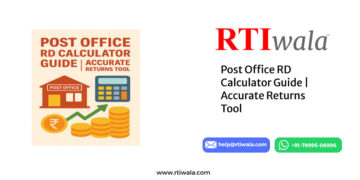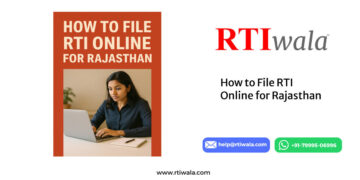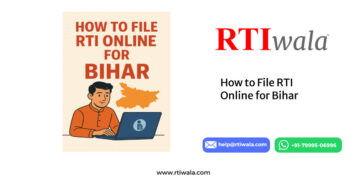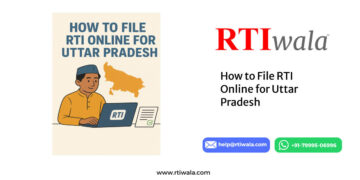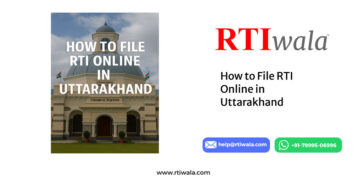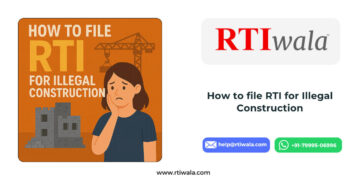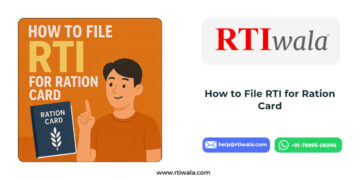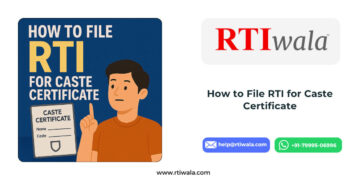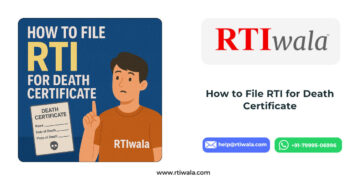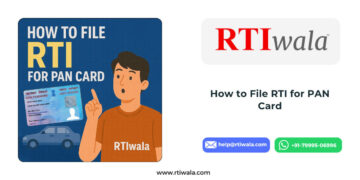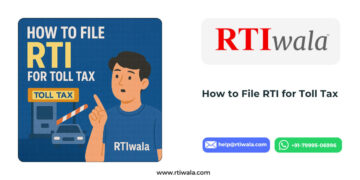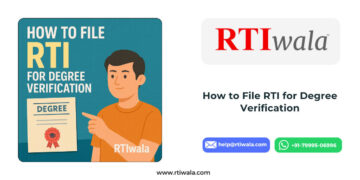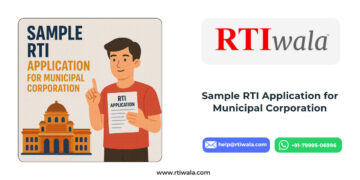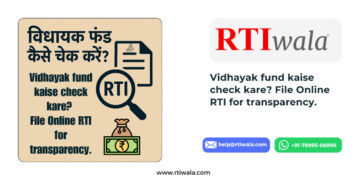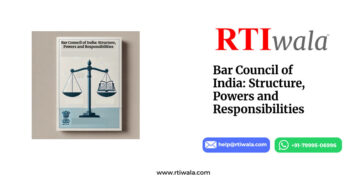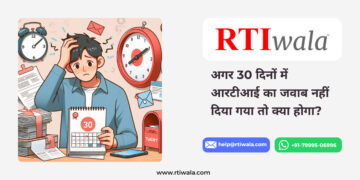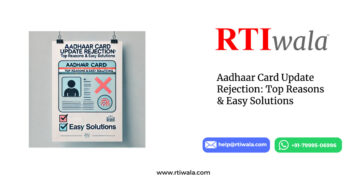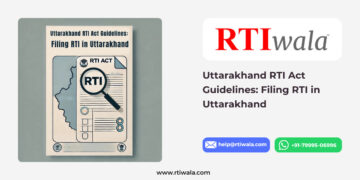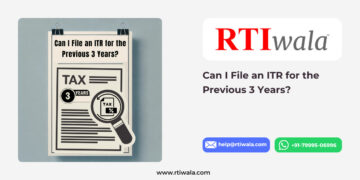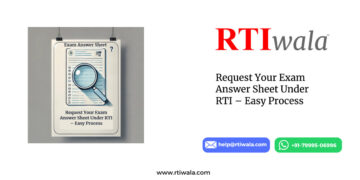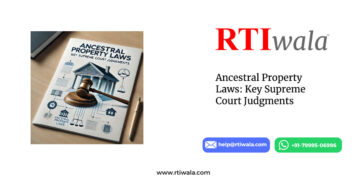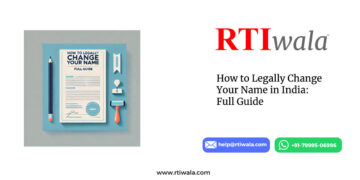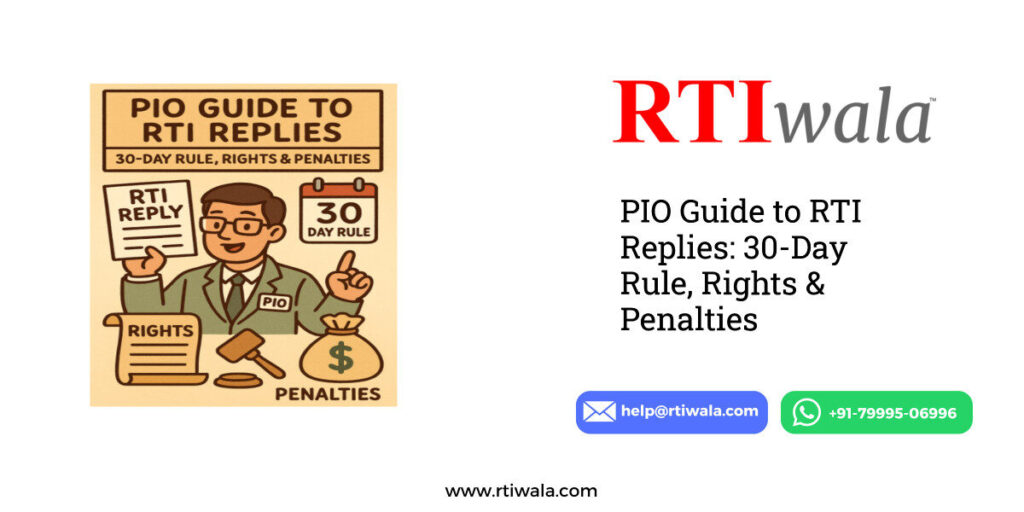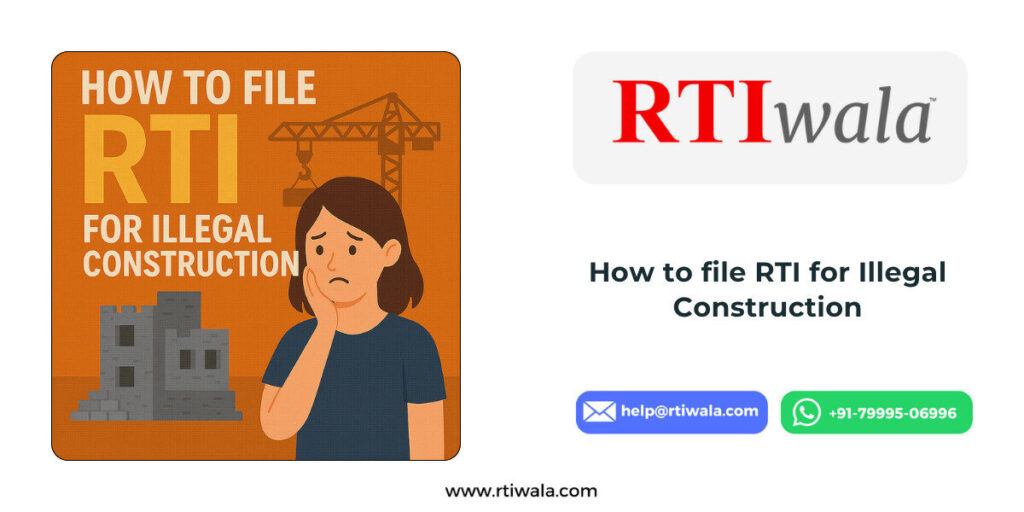Table of Contents
- Introduction
- Understanding Pension Grievances
- How RTI Can Help with Pension Issues
- Step-by-Step Guide to File RTI for Pension Grievances
- FAQs on RTI for Pension Grievances
- Conclusion
Introduction
Pensions play a vital role in providing financial security for retirees, but issues with pension disbursements can lead to stress and uncertainty. This article will show you how to use the Right to Information (RTI) Act to resolve pension-related problems effectively. Whether you’re a retired government employee or someone dealing with delays in receiving your pension, RTIwala is here to guide you through the process step by step, making it easier for you to address your concerns.
Understanding Pension Grievances
Pension grievances can range from delayed payments and incorrect calculations to non-receipt of pension benefits. These issues can arise due to administrative errors, lack of communication, or bureaucratic hurdles. It is essential to address these grievances promptly to ensure that retirees receive their rightful benefits without undue stress.
How RTI Can Help with Pension Issues
The RTI Act empowers citizens to seek information from public authorities, making the governance process transparent and accountable. For pension grievances, RTI can be a powerful tool to get information on the status of your pension, reasons for delays, and actions taken by the authorities to resolve your issue. By filing an RTI online application, you can ensure that your queries are addressed promptly and accurately.
Step-by-Step Guide to File RTI for Pension Grievances
Step 1: Identify the Public Authority
Identify the public authority responsible for handling your pension. This could be the Pension Disbursing Authority (PDA) or the concerned department in your organization. Contact us now to know about public authorities.
Step 2: Draft Your RTI Application
Your RTI application should be clear and concise. Include the following details:
- Your name and contact information
- Address of the public authority
- Detailed description of your grievance
- Specific information you are seeking
- Payment of the RTI application fee
Step 3: Submit Your Application
You can submit your RTI application via post, in person, or online (if the public authority has an online RTI filing system). For convenience, consider using online platforms like RTIwala to file your RTI application easily.
Step 4: Await Response
The public authority is mandated to respond within 30 days. If you do not receive a response or are unsatisfied with the response, you can file an appeal with the Appellate Authority.
FAQs on RTI for Pension Grievances
Can I file RTI online for pension grievances? Yes, you can file RTI online for pension grievances. Platforms like RTIwala make the process simple and hassle-free.
How long does it take to get a response to an RTI application? The public authority is required to respond within 30 days of receiving the application.
What if I do not get a satisfactory response to my RTI application? You can file a first appeal with the Appellate Authority within 30 days of receiving the response.
Can RTI help in expediting the pension process? Yes, RTI can help in expediting the pension process by ensuring transparency and accountability from the concerned authorities.
How can RTIwala assist in filing RTI for pension grievances? RTIwala offers a wide range of solutions to help you file your RTI application correctly and follow up with the authorities to ensure timely responses.
Conclusion
Filing an RTI application is a powerful way to address pension grievances and ensure that your rightful benefits are not delayed. By using the RTI Act, you can bring transparency and accountability to the process, reducing the stress and uncertainty associated with pension-related issues. If you are unsure about how to file an RTI application, consider using services like RTIwala to make the process seamless and effective.









